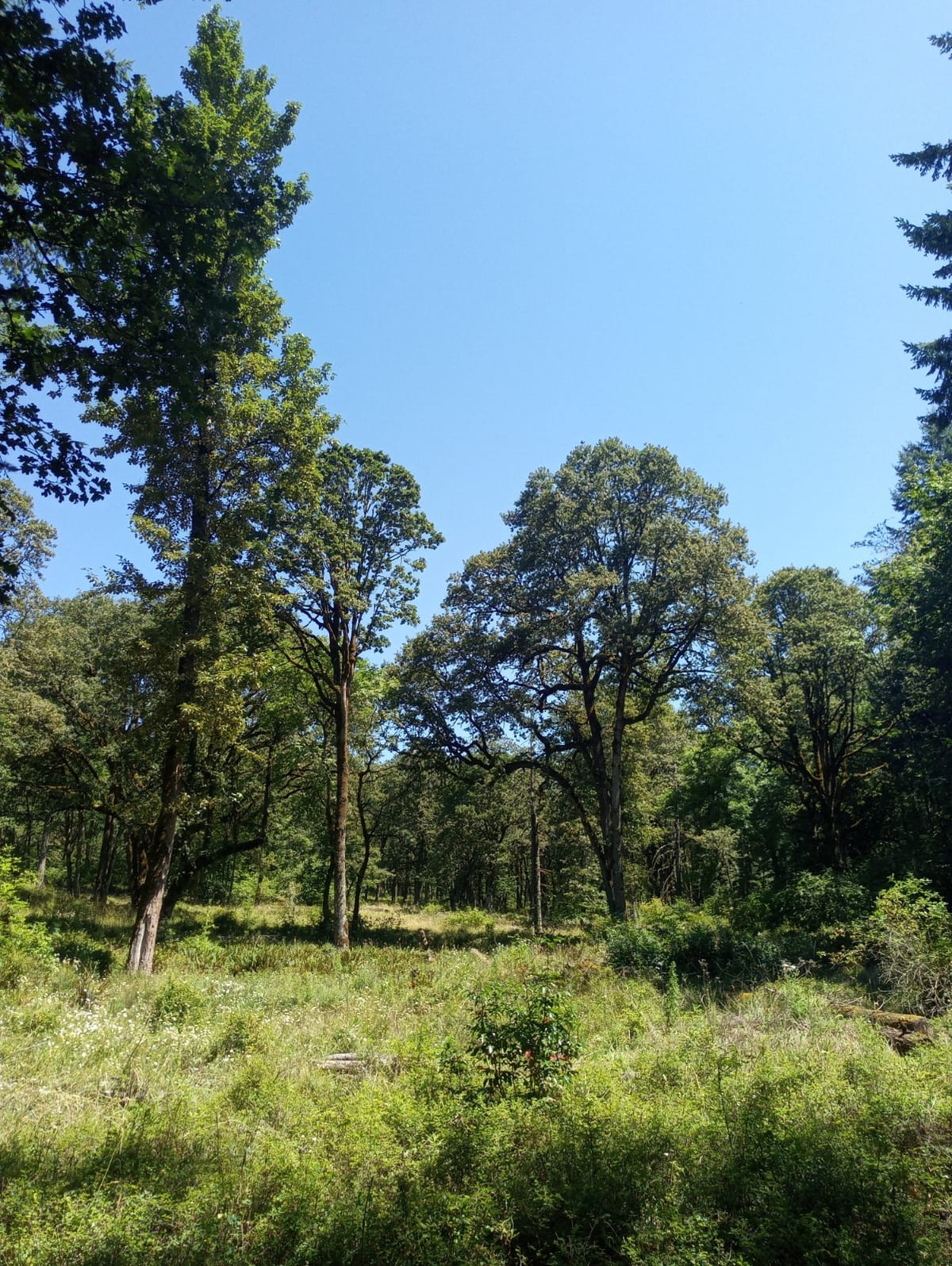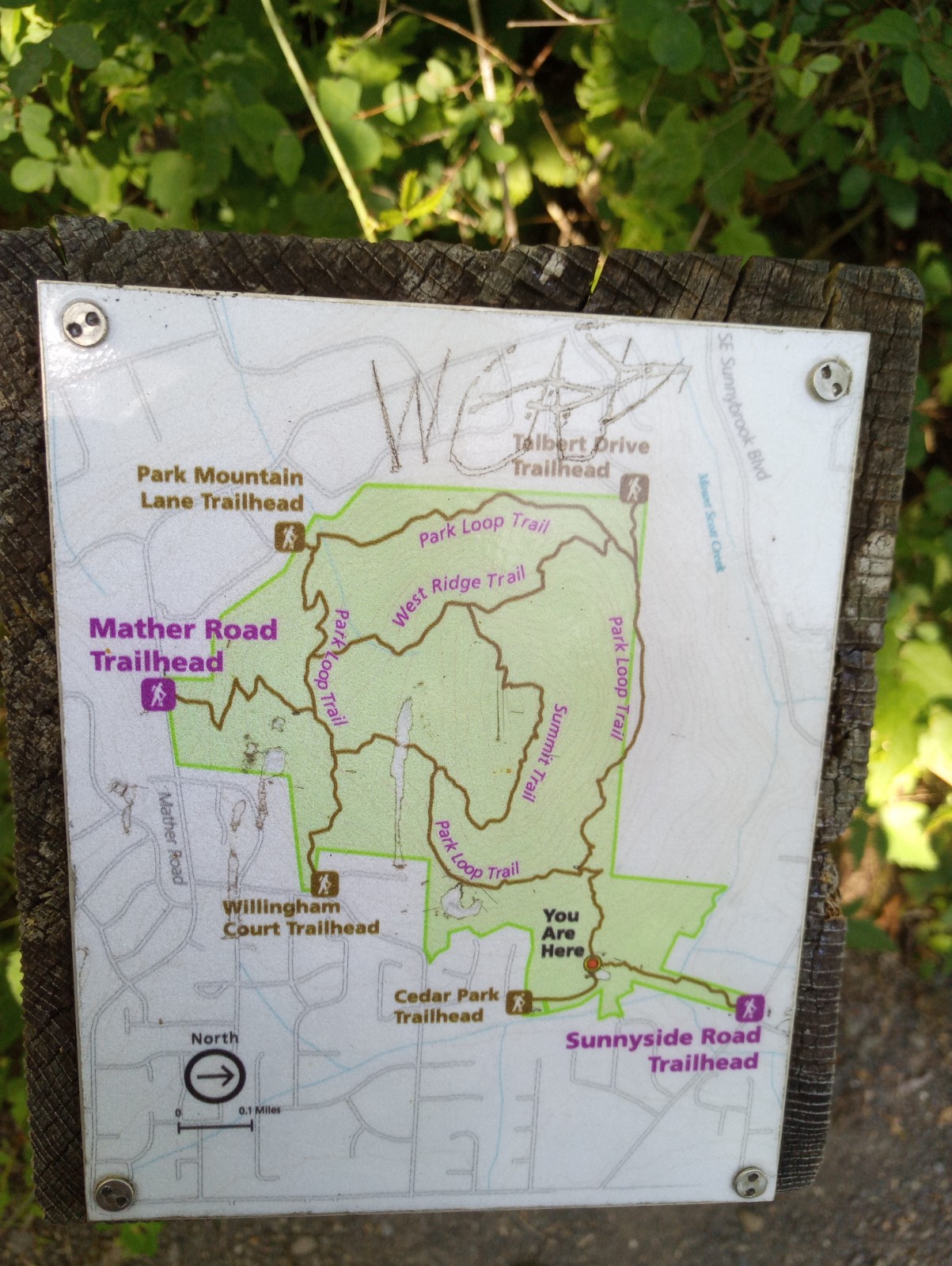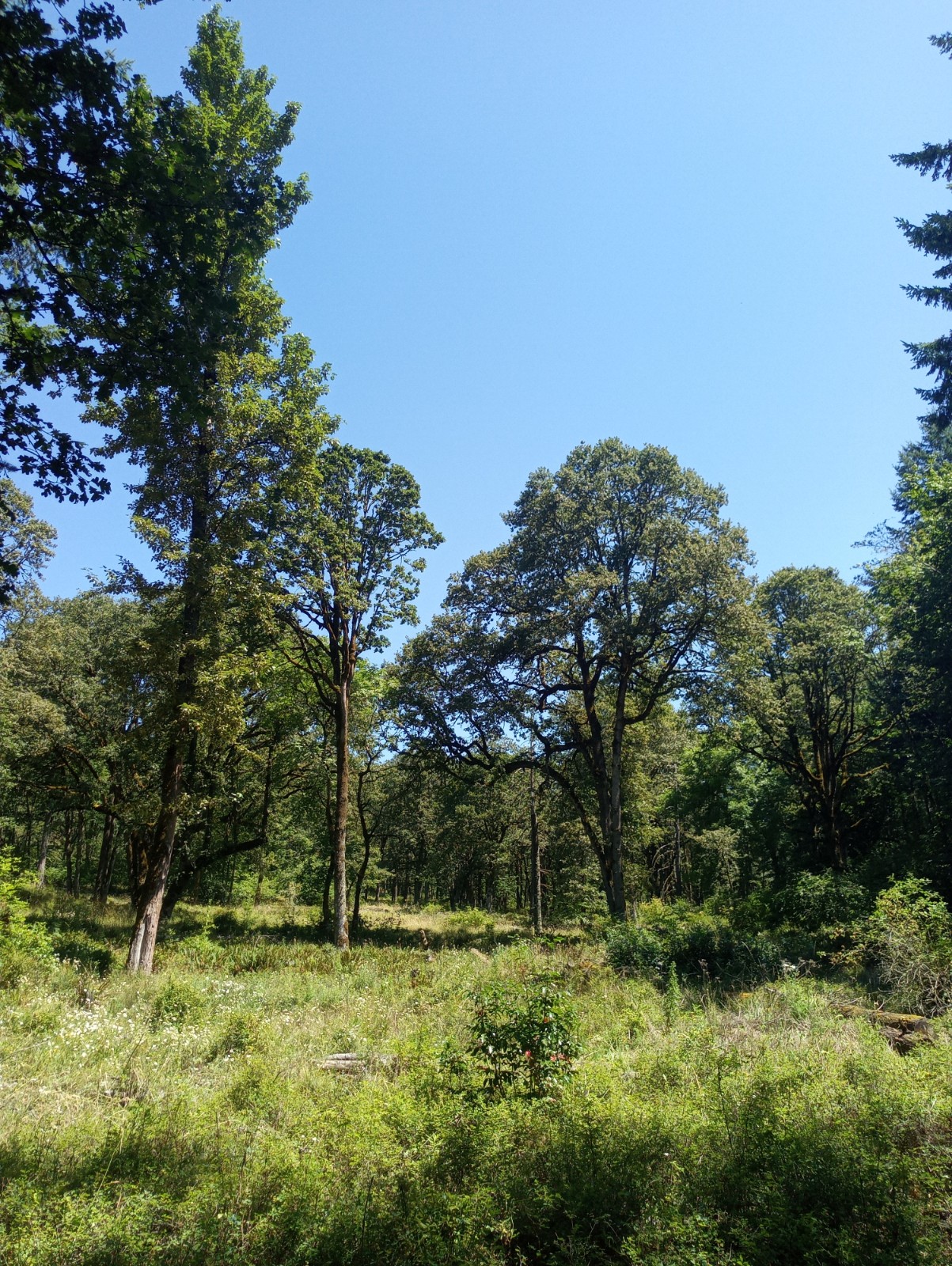Moment of Mind March 2021

Moment of Mind
In mindfulness we’re using our attention to notice our moment to moment experiences brought to life.
My vision for Finding Mindful Now is that people realize their capacity to welcome in feeling everything. We are conditioned against this. It is a human birthright to experience feeling. It is part of the gift of life. And for many trauma survivors like myself, that sounds incredibly scary. I avoided being with the sensations in my body for more than a decade as an adult because growing up I’d come to believe that a) some feelings are bad, b) I couldn’t handle it – there was a fear that if I let the feelings out they would never end, c) I, you, we don't matter, and/or d) we are pushed around by a heartless world. In some ways, this was a protective mechanism that I appreciate. Our brain is doing its best to look out for us based on its understanding at the time. And at this point in my life, avoidance has become a habit rather than survival. When we can't see, or don't know our emotional capacity, we avoid overwhelm, we minimize heavy topics, we cross the street from being affected. The United States continues to experience a rise in racist and xenophobic terrorism - including the recent attack on Asian American women and people who worked with them in Georgia. Avoidance doesn't make something like this shift. For me, being able to speak up means having capacity to feel, and stay with changing feelings.
When I can't be with the reality of someone being harmed, whether it's me or someone I love, it makes it very difficult for me to stay in action toward positive change. When we have been conditioned to avoid feeling our emotions, our capacity to give, to be love-in-action is constricted. Similarly, when we guard ourselves from feeling life experiences, our world narrows. Our possibilities diminish. Our willingness to grow and transform, shrinks.
I continue to practice staying with sensations and feelings as this brain-body has more years of trained avoidance than supportive allowance of feeling under its belt. It's a life-long process. My mind still likes to stay out of the body. Daily I find it seeking escape from a full range of feeling and emotion states. I continue to practice bringing attention back to the body because I know that healing is on the other side of feeling.
As the planet shifts into spring in the northern hemisphere, I invite you to continue exploring fully being present with sensations and feelings. Here are a few sample starting points. Get as close as possible to sensations below whatever the mind’s judgments are. Whenever I find myself for example in a pattern of doom scrolling, of losing track of a conversation, or procrastinating, this a signal that the mind is seeking an escape from feeling. At least once a day I pause, take a deep breath or three, and close my eyes while I send attention (aka mindfulness) into the body and feel its sensations. I describe them: tight, cold, hot, raw, etc. Practice feeling “neutral” states fully. In this one when I notice there’s not a lot going on, again I pause, take a deep breath or three and feel whatever amount of ease or comfort, or support, might be present – extending attention (aka mindfulness) into the sensation. For example savoring the feel of the couch cushions and staying with that for several minutes. Practice noticing the coming and going of sensations and that there’s space into which they enter and leave. It often seems to me that my mind has a megaplex of different thought-based experiences in it. Each room has a different movie of thoughts played on the big screen of awareness - related feelings show up in the body. The megaplex itself is stable, constant, steady. As attention moves from room to room, so do the feeling experiences. If you’d like to dive further in this exploration for every day supports in your wellness journey, just reply to this email and let me know where you're at.
Several structured practices that have been major supports specifically related to trauma have included self-compassion from Dr. Kristin Neff, working with a somatic therapist (using Hakomi, somatic experiencing, and focusing from Eugene Gendlin), trauma release exercises (TRE), and most recently, existential kink from Carolyn Elliott. Lumous Transforms' free Anchoring Resilience is also wonderful. If you're experiencing trauma related symptoms, I recommend contacting a therapist or medical doctor as there are many tools in this vast toolbox.
I'd love to hear what you notice, much love, Tia
Love for Your Inner Science Activist Nerd
This month I'm reading the book Humankind: A Hopeful History and I can't recommend it enough. Instead of a plodding, dry discussion of human nature's collaborative and mutualistic instincts, Rutger Bregman wrote the book to be a dramatic page turner. I stayed up multiple nights eyes wide as the gossipy science nerd in me was astounded at how many social psychology experiments were flat out rigged! I love research study debunking, particularly in social psychology, because these studies aren't just a collection of data - they become stories we tell ourselves about ourselves.
I don't want to give any spoilers so instead I'll share a few links as teasers: the actual lord of the flies that wasn't violent; participatory budgeting actually works; humane prisons exist (the bottom line is "deprivation of liberty and nothing else"); Elinor Ostrom's principles for successfully managing land, water and fisheries based on thousands of examples (hint indigenous communities already know how to do this); and an article with the author here. As a researcher, I also appreciate how far he explored. I had learned that racism, misogyny, and capitalism had tainted many anthropologist's views of our human ancestors from more than 10,000 years ago when I took Rewilding 101. Mr. Bregman expanded my understanding of the wisdom and vast intelligence of our ancestors as a reminder of our own unrealized potential.
Get Your Park Groove On

If you haven't yet visited Mt. Talbert Park in Clackamas County, Oregon, not far off the I5 freeway, I recommend it (with caveats) for a way to visit multiple habitats including oak savannah, mixed fir forest, and riparian zones along a creek. One thing that really struck me was how quickly I walked into a space of forested quiet when I knew that we were physically close to the freeway. We entered on the Sunnyside road entrance which gave us quick access to Mt. Scott Creek and so many birds!!!
The caveats are accessibility and parking. I don't include it in my rotation where I lead nature-based mindfulness walks for the general public because the accessibility for folks who use mobility aids is limited. However, if people plan ahead and have time to go slowly, it's worth it. Another caveat is limited parking so if you have a larger group go earlier in the morning. There are two primary parking lots, one on the north side near Sunnyside Rd and one on the south side off SE Mather road.
| Copyright © 2019-2021, Finding Mindful Now LLC, All rights reserved. www.findingmindfunow.com, originally published on MailChimp with information on current offerings. Some images or content lightly revised since initial publishing. |

